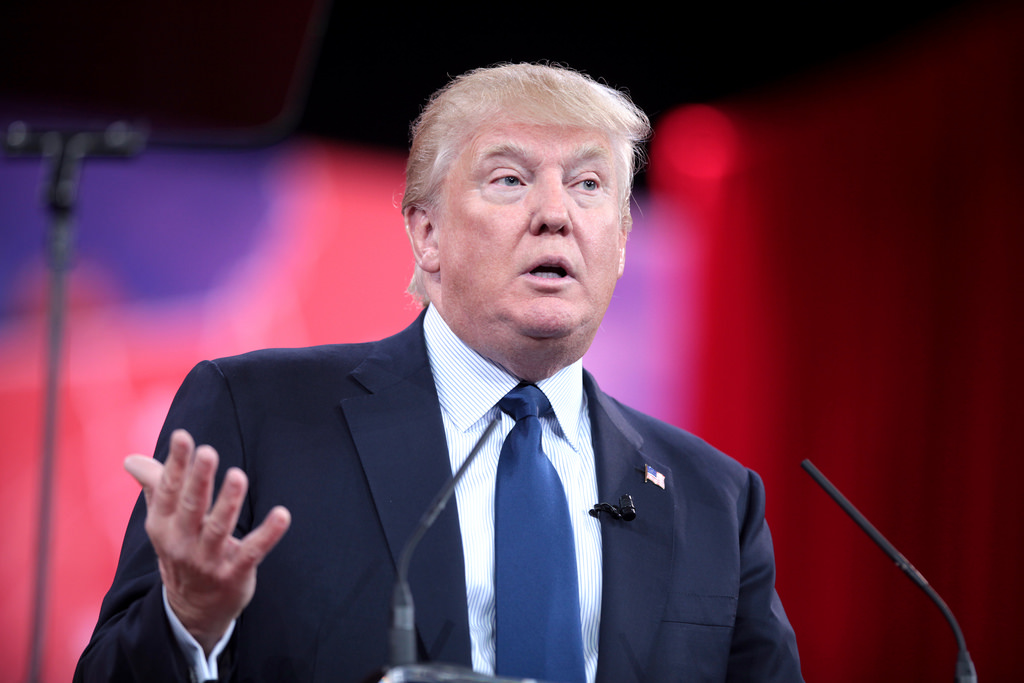
It’s been an eventful first week in office for President Trump, to put it mildly.
Unlike most presidents, Trump isn’t enjoying a honeymoon period in his first 100 days. The opposition to his administration has been fierce.
Many of the executive orders signed by Trump have drawn intense criticism. Millions of Americans have taken to the street to protest him — and it's likely we will see additional marches in the coming months.
But interestingly enough, manufacturing is the one (and perhaps only) area where there has been some bipartisanship. Senate Democratic Leader Chuck Schumer (N.Y.) joined lawmakers like Sens. Bernie Sanders (Vt.) and Sherrod Brown (Ohio) to call for $1 trillion worth of infrastructure investment — something they made sure to point out Trump himself pledged during the campaign. Brown and others also have noted they would be willing to work with Trump on strengthening Buy America.
Some Democrats even publicly said that they agree with Trump’s decision to withdraw the United States from the Trans-Pacific Partnership (TPP). (It's worth nothing that progressives like Rep. Mark Pocan (D-Wis.) also rightly pointed out that grassroots organizing from left-leaning orgs like “labor unions, human rights organizations, and environmental and consumer advocacy groups” was key to the TPP’s eventual defeat.)
Given Trump’s focus on trade and manufacturing, Alliance for American Manufacturing (AAM) President Scott Paul has spent the past several weeks — months, really — talking to reporters about Trump’s policy proposals and the potential they could engender factory job growth. Apparently notorious cable news watcher Trump caught Paul on CNBC, because this clip wound up on the president’s Facebook page on Wednesday.
Since we have the president’s attention, we want him to know that we plan to hold him accountable, in the same way we held former President Barack Obama accountable on his manufacturing job creation pledge.
On Wednesday, AAM launched a new feature on our home page to track manufacturing employment, the goods trade deficit, and industrial capacity utilization, three key metrics to monitor U.S. manufacturing’s overall health. We’ll keep a close eye on these over the next four years, and we’ll regularly provide analysis and criticism when necessary.
The key to President Trump’s success in strengthening the sector will not come from tweets — it will come from smart, strategic policies. It’s not going to be easy, although it is possible and worth working to achieve.
Here’s Scott Paul in that CNBC clip, talking about the manufacturers who met with Trump at the White House on Monday:
“The scale of the challenge is pretty large. We haven’t gained a manufacturing job over the last two years. We know there’s technological globalization challenges. You saw a lot of different companies in there that have different needs. Some that face fierce competition from China, like U.S. Steel and Whirlpool, some that are on the cutting edge of clean edge technology, like Elon Musk with Tesla and Solar City, and others that have very globalized supply chains. So it is complicated to get the policy right on trade and taxes.”
Just before he took office, AAM sent a detailed letter with a series of policy recommendations to Trump and his team. These policy strategies are the kinds of things that will be key to helping create factory jobs.
Trump would be wise to focus up and figure out how to work with Members of Congress from both political parties to implement these things.
We’ll be watching, Trump’s opposition will be watching — and we know that Trump’s base in the industrial heartland will watching, too.
